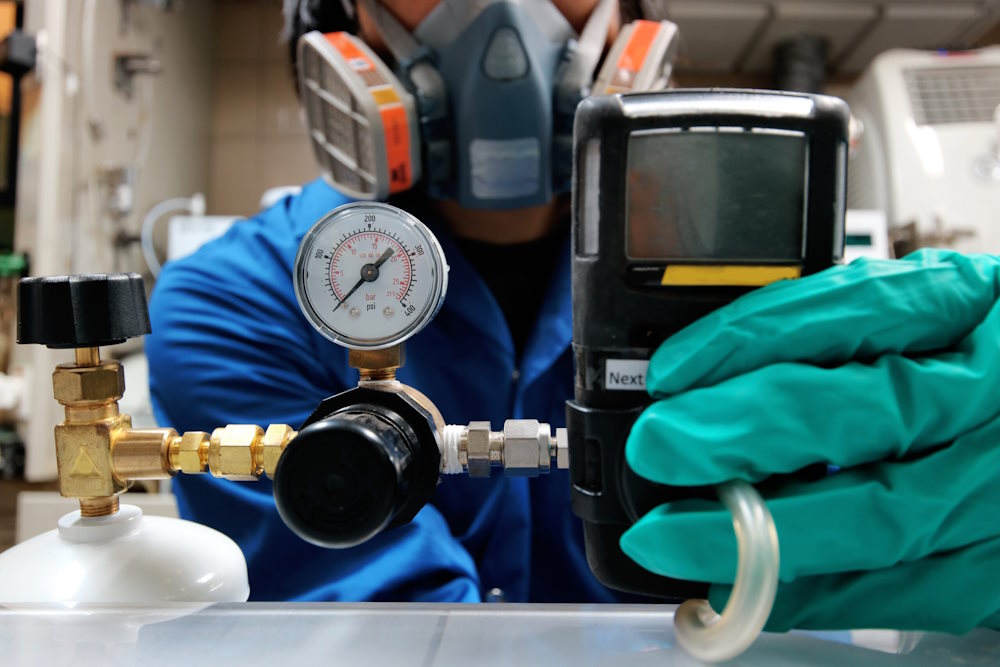Understanding the Basics: An Introduction to Control Instruments

In the intricate world of industrial operations, where precision and efficiency are paramount, control instruments play a vital role in ensuring smooth and optimized processes. From regulating flow rates to monitoring temperatures, control instruments serve as the eyes and ears of modern automation systems. In this post, we’ll delve into the fundamentals of control instruments, shedding light on their essential functions and common types.
What Are Control Instruments?
Control instruments are devices used to measure, monitor, and regulate various parameters in industrial processes. These parameters can include pressure, temperature, flow rate, level, pH, and more. By providing real-time data and feedback, control instruments enable operators to maintain optimal conditions, enhance safety, and maximize productivity.
Key Functions of Control Instruments:
- Measurement: Control instruments accurately measure physical quantities such as pressure, temperature, and flow rate, providing operators with crucial data for process control and optimization.
- Monitoring: Control instruments continuously monitor process variables, detecting any deviations from set parameters and alerting operators to potential issues or anomalies.
- Regulation: Control instruments regulate process variables by adjusting control valves, actuators, or other mechanisms to maintain desired conditions within a specified range.
Common Types of Control Instruments:
- Pressure Transmitters: These instruments measure fluid pressure and convert it into an electrical signal for monitoring and control purposes.
- Temperature Controllers: Temperature controllers maintain a desired temperature setpoint by regulating heating or cooling systems based on input from temperature sensors.
- Flow Meters: Flow meters measure the rate of fluid flow within a system, allowing operators to monitor flow rates and ensure proper distribution of liquids or gases.
- Level Sensors: Level sensors detect the level of liquid or solid materials in tanks or vessels, providing valuable feedback for inventory management and process control.
- pH Meters: pH meters measure the acidity or alkalinity of a solution, helping operators maintain optimal pH levels in chemical processes or water treatment systems.
Conclusion:
Control instruments are indispensable tools in modern industrial automation, playing a critical role in maintaining efficiency, safety, and quality across various processes. By understanding the basics of control instruments and their functions, operators can harness the power of automation to achieve greater control, reliability, and performance in their operations. Stay tuned for more insights into the fascinating world of instrumentation and control.